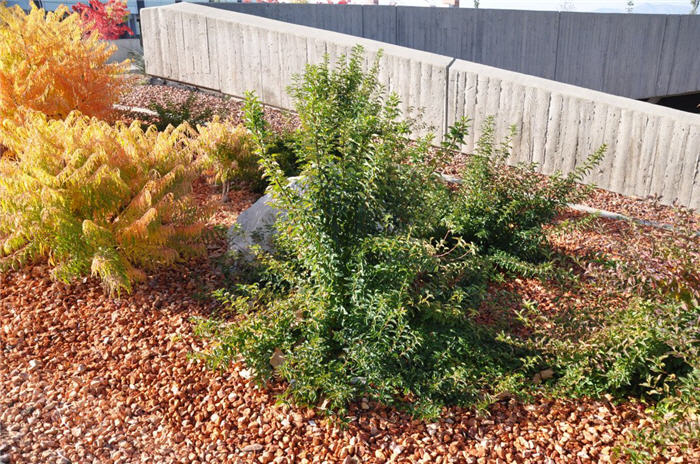| Botanical Name: Physocarpus opulifolius | |
| Common Name: Ninebark |

-
Anatomy
-
Culture
-
Design
Plant Type
Shrub
Height Range
6-12'
Flower Color
Pink, White
Flower Season
Spring
Leaf Color
Green
Bark Color
Brown, Grey, Red
Fruit Color
Red
Fruit Season
Summer, Fall
Sun
Full, Half
Water
Low, Medium
Growth Rate
Fast, Moderate
Soil Type
Sandy, Clay, Loam, Rocky, Unparticular
Soil Condition
Average, Rich, Poor, Well-drained, Moist, Dry
Soil pH
Acid, Neutral, Basic
Adverse Factors
n/a
Design Styles
English Cottage, Meadow, Mediterranean, Ranch, Woodland
Accenting Features
Showy Flowers
Seasonal Interest
Spring, Summer
Location Uses
Background, Shrub Border, Foundation
Special Uses
Erosion Control, Hedge, Screen, Small Spaces
Attracts Wildlife
Birds, Butterflies
Information by: Stephanie Duer
Photographer:
Photographer:
-
Description
-
Notes
Ninebark is an upright to spreading deciduous shrub with a somewhat coarse texture, growing 5 to 8 feet tall and 4 to 5 feet wide. Noted for its exfoliating bark (on mature branches) which peels in strips to reveal several layers of reddish to light brown inner bark (hence the common name of ninebark). Bark provides winter interest, but in summer is hidden by the foliage. Small pink or white, five-petaled flowers appearing in dense, flat, rounded, spirea-like clusters (corymbs) in late spring. Flowers give way to drooping clusters of reddish fruit. Ovate to rounded, usually 3-5 lobed leaves are dull green in summer changing to an undistinguished yellow in fall. Many varieties are available; P. o. 'Monlo' (Diabolo) has purple leaves.
Grow in well drained soil in full sun to light shade. Adaptive to soil type, as long as it is well draining. Prune selectively after blooming to control height if necessary; prune to renovate in late winter (see Guides).